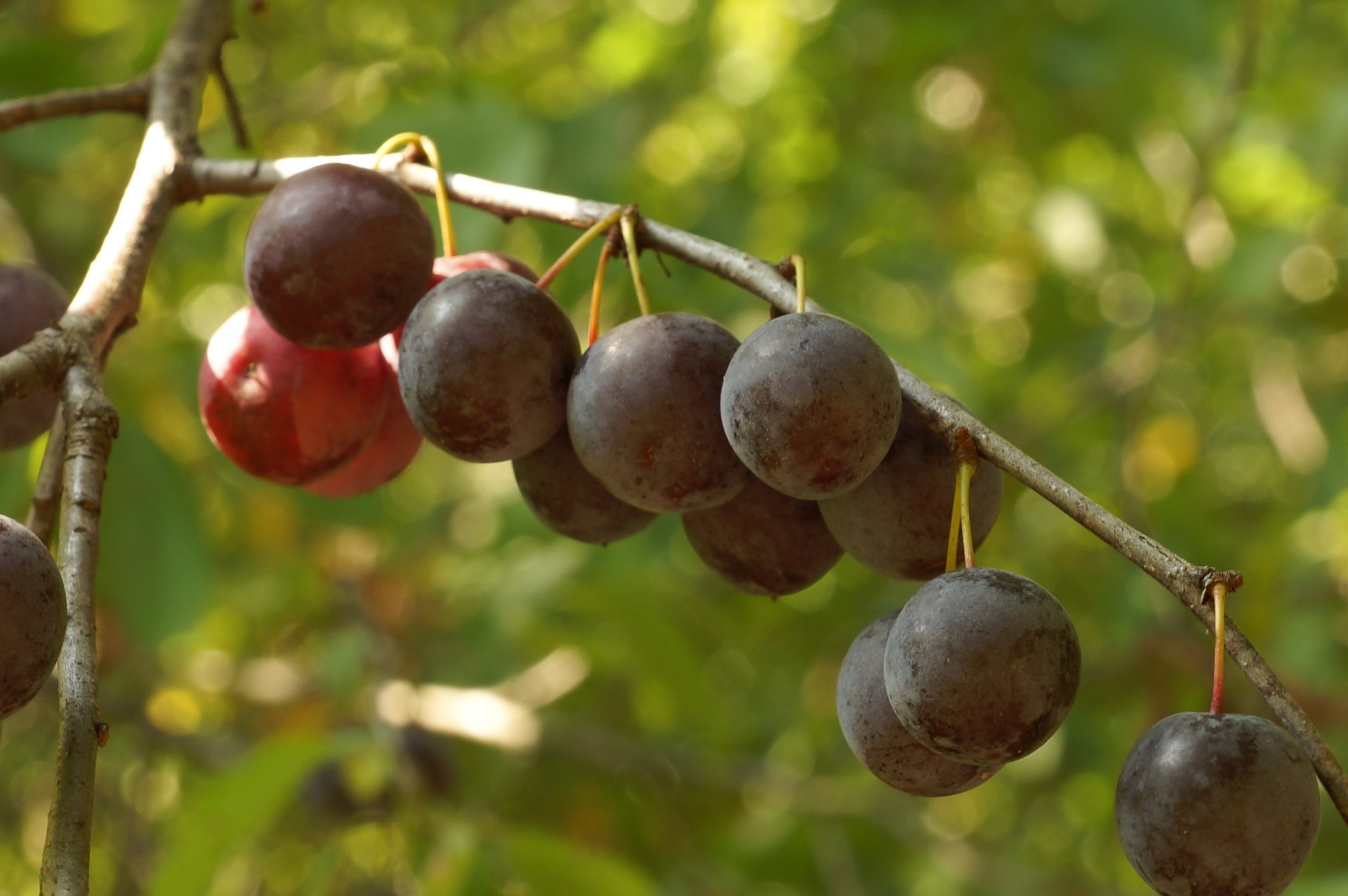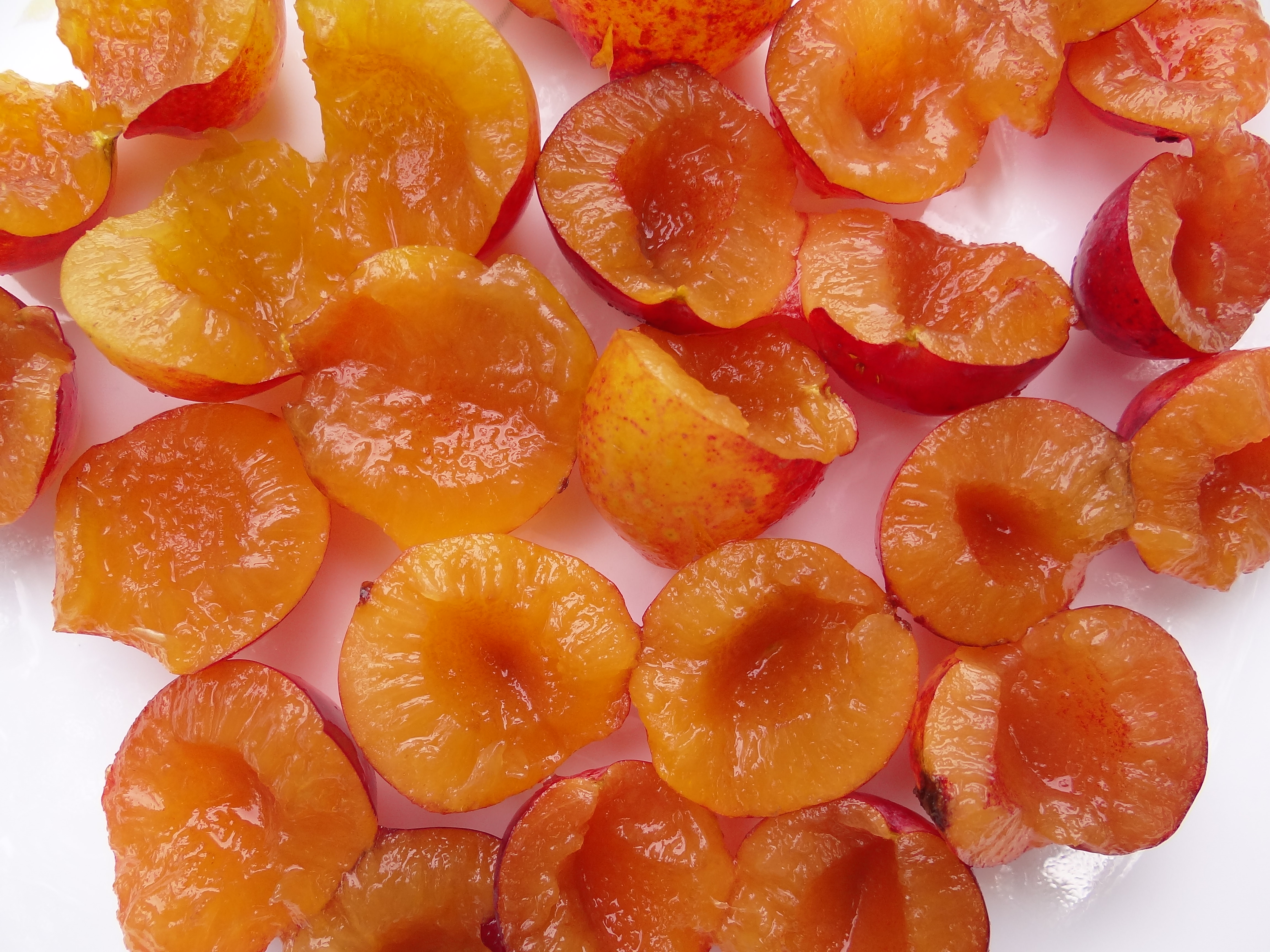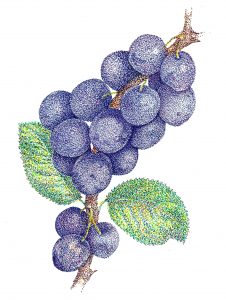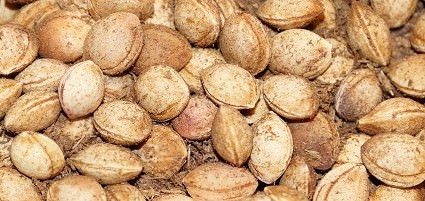Experience-Seeds-Knowledge-Plant Discoveries-Ecological Enrichment-Join Now Click Here!


The Dunbars Plum: Wild and Domestication Combines

Every now and then I find some interesting plants at my farm which seem to have unique possibilities. Such is the case for the unassuming hybrid species Dunbarii plum. I view it as an opportunity to create a diverse mixture of plums that you can create a population from as well as create new varieties.
Once I was able to produce almost 25 pounds of beach plum seed at my farm. It was way more than I needed. I contacted a seed company to sell the seed. This was very disappointing. I had spent three weeks on and off harvesting, processing and drying the seed and soon found out that the national price for this seed was very low. It turned out there was a banner year on the east coast and beach plum seeds were widely available and relatively cheap. I had essentially created a crop that didn’t need a domesticated version of itself. The owner of the seed company on the east coast found it amusing that I would even cultivate this wild and plentiful crop. I was mulching and caring for the trees like they were gold. (Which they were to me.) The secretary said bluntly, “Donald says your price is way too high.” Then there was this long pause. That was thirty years ago. Today it might be different as these wild crops are often at peril of development pressures, new disease problems, climate change as well as interest in new food crops. Even Donald might take notice. It is a valuable resource and one worth replicating outside its native range. So that is what I did at my farm in Michigan.
I planted all the seed on a sandy hill at my farm in which was one of the last places I had not cultivated. I produced several thousand beach plums there and sold them to many mail order companies. As time went on, I flagged a few seedlings that flowered after two years and found a few vigorous hybrid plants that appeared to cross with another plum species that is found at my farm. The flowers overlap in the spring. This was the American plum. I moved those plants out to other locations at my farm. I was not sure what that would bring in terms of fruit quality or type of fruit even. But eventually I used those plants to grow out three generations of crosses including some very nice hybrids with other Prunus species. Evidently it was the gateway to diversity as now the plums ranged all over the map in terms of flavor, size and color. Today I am always thrilled to taste new versions of Dunbars and plant new ones out almost every year. Who knows what the future brings for this unassuming plum with an unassuming name?

Enjoy. Kenneth Asmus
